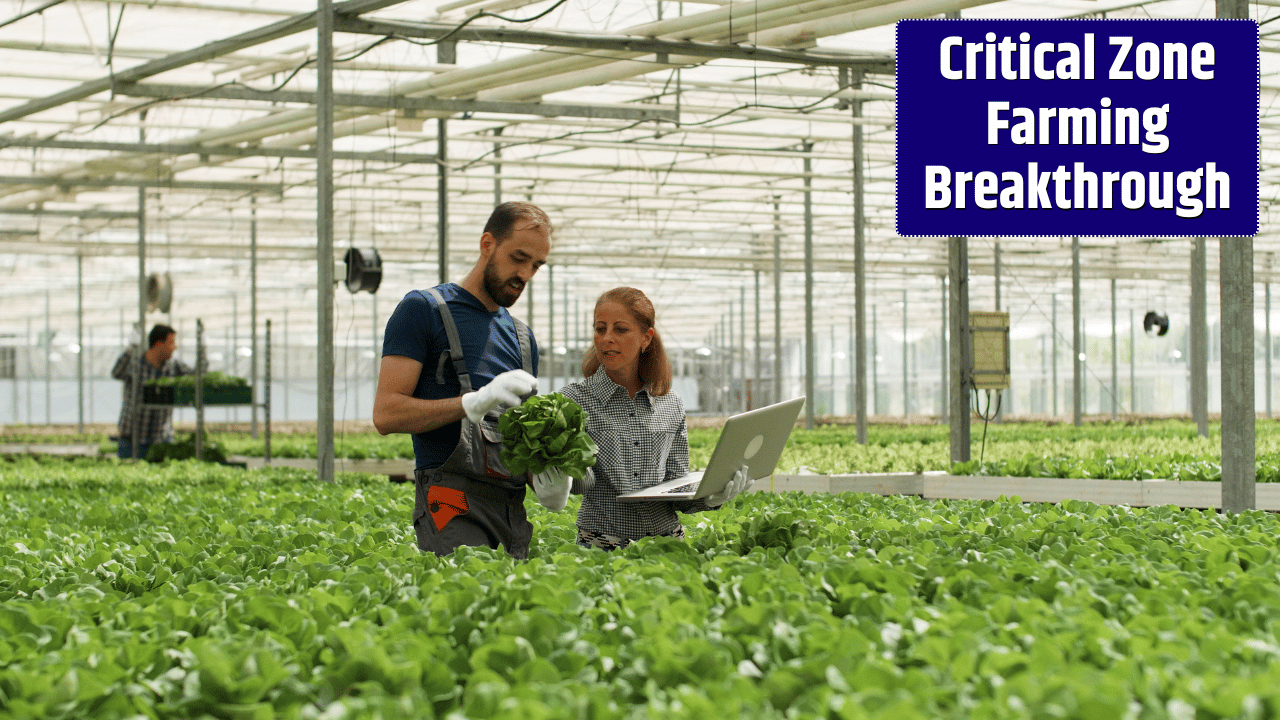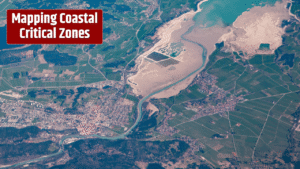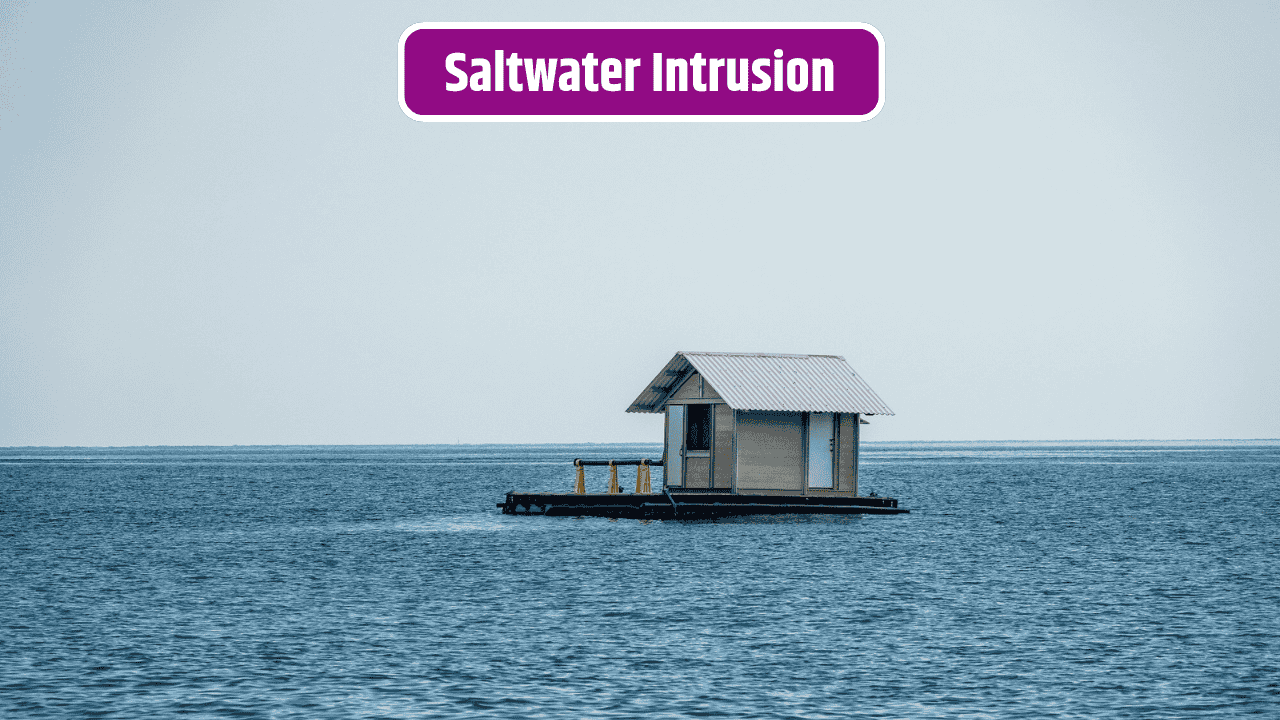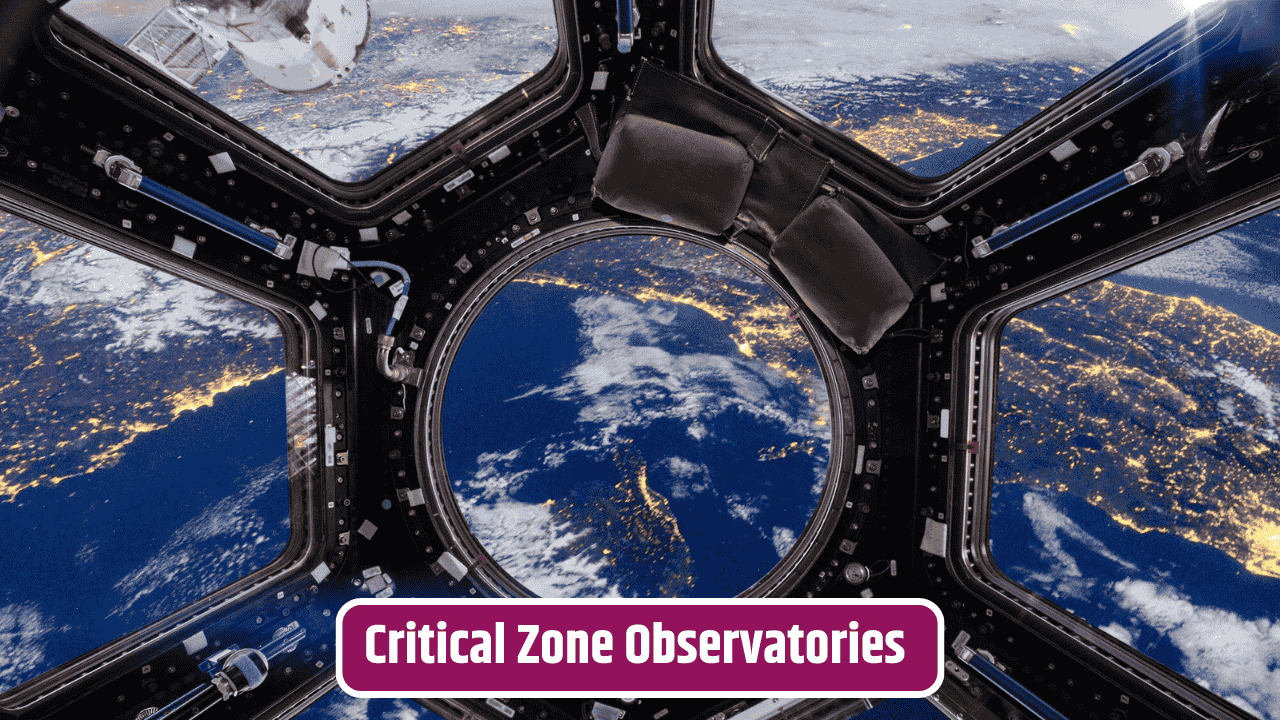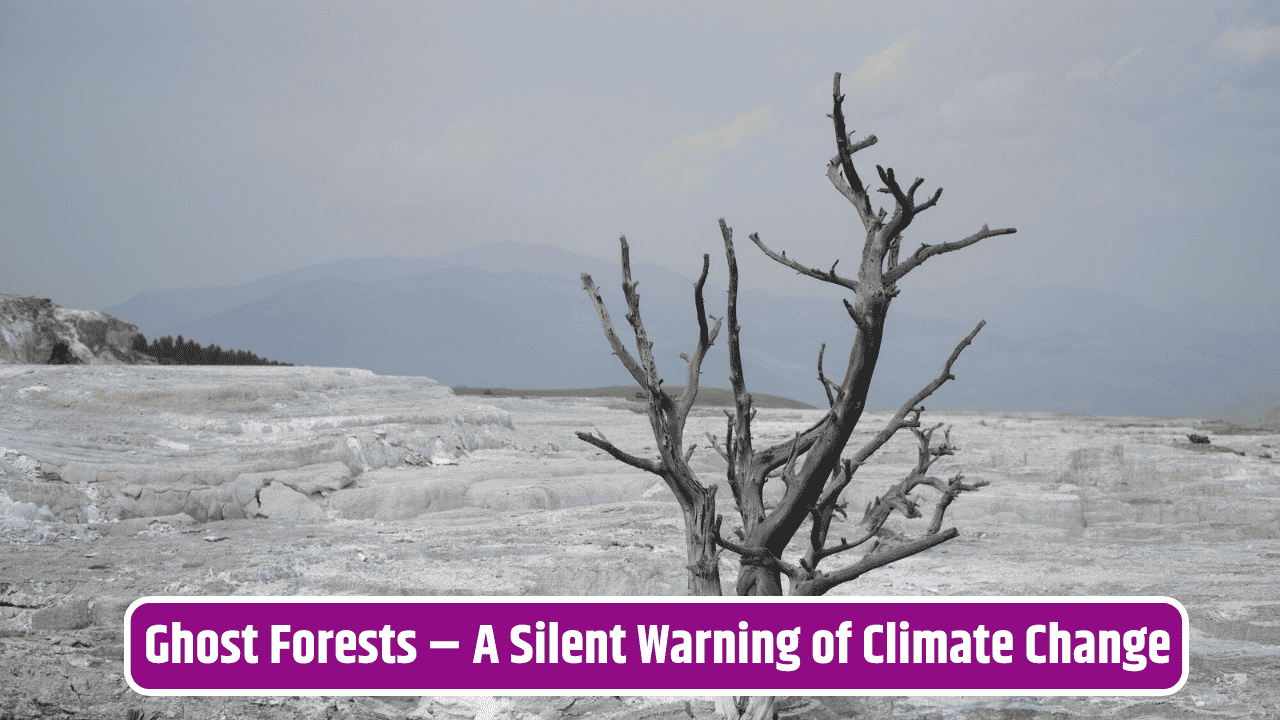Picture this: a farmer in Iowa battling topsoil loss, a vineyard in Spain desperate for water, and a rice field in India choking under fertilizer runoff. Different places, different crops, but one shared challenge—how to keep farming both productive and sustainable in the face of climate change and resource depletion. That’s where Critical Zone science steps in. By studying the fragile layer from bedrock to treetops, scientists are uncovering new ways to grow food without wrecking the very system that makes farming possible in the first place.
Table of Contents
What Is Critical Zone Science?
The Critical Zone is Earth’s thin “living skin,” stretching from the bottom of groundwater to the top of vegetation. It’s where water, air, soil, rock, and life interact to sustain ecosystems. Critical Zone science focuses on understanding how these interactions work, and more importantly, how they’re being disrupted by human activity.
When applied to farming, this science looks beyond just “soil” and instead considers the whole package—nutrients, water flow, microbial life, carbon storage, and the role of roots. It’s farming viewed through the lens of Earth’s life-support system.
Why Farming Needs This Science
Industrial agriculture has boosted yields, but at a steep price: degraded soils, polluted rivers, shrinking aquifers, and greenhouse gas emissions. The United Nations FAO warns that one-third of the world’s soils are already degraded. Add to that the USGS reports of groundwater depletion in farming hotspots like California’s Central Valley, and the urgency becomes clear.
Critical Zone science offers a roadmap to reverse these trends by working with natural processes instead of against them.
Farming Through the Lens of the Critical Zone
Here’s how applying Critical Zone principles could transform agriculture:
| Principle from Critical Zone Science | Farming Application | Real-World Example |
|---|---|---|
| Soil as a Living System | Promote regenerative practices: no-till, compost, cover crops | U.S. Midwest farmers rebuilding soil carbon |
| Water Flow and Storage | Precision irrigation, rainwater harvesting, aquifer recharge | Israel’s drip irrigation revolution |
| Nutrient Cycling | Reduce chemical fertilizer use, rely on natural cycles | Rice farmers in India adopting biofertilizers |
| Carbon Storage | Increase soil organic matter, agroforestry | Kenya’s agroforestry programs doubling yields |
| Biodiversity Integration | Crop rotation, polycultures, habitat buffers | European Union’s push for hedgerows and pollinator zones |
Instead of “forcing” crops with chemicals and heavy irrigation, the Critical Zone approach encourages practices that mimic nature’s own systems. The results? More resilient soils, healthier crops, and farming that doesn’t eat away at its own foundation.
Technology Meets Soil Science
It’s not just about tradition. High-tech tools are amplifying Critical Zone insights. Drones and satellites now monitor soil moisture and crop stress. Sensors buried underground measure root activity and nutrient movement. AI models predict how soils will respond to different practices under climate change. This marriage of ancient wisdom and cutting-edge tech is giving farmers a playbook to thrive sustainably.
Global Potential
Critical Zone-informed farming isn’t just a “nice to have”—it’s a necessity. By 2050, the world’s population is expected to reach nearly 10 billion. Feeding everyone without depleting the very soils and aquifers we rely on is the challenge of our century. Countries that adopt sustainable farming grounded in Critical Zone science will be better positioned to secure food supplies, protect water, and stabilize rural economies.
The EPA highlights that protecting soils reduces greenhouse gases, while the National Science Foundation funds Critical Zone Observatories to generate real-world data for better policies. It’s all connected—the science is here, the question is whether we’ll act fast enough.
A Quiet Revolution Underway
From small-scale regenerative farms in the U.S. to government-backed soil conservation in China, the seeds of this revolution are already planted. The difference is that Critical Zone science ties these efforts together, showing farmers that what happens in the root zone is linked to what happens in aquifers, forests, and even the atmosphere.
If widely embraced, it could mean a future where “sustainable farming” isn’t a niche idea but the global standard—feeding billions without exhausting the Earth’s skin.
FAQs
How does Critical Zone science differ from traditional soil science?
It takes a broader view, studying not just soil but the interactions between rock, water, air, and living organisms from bedrock to canopy.
Can Critical Zone practices work for small farmers?
Yes, many principles—like composting, cover crops, and rainwater harvesting—are affordable and effective for smallholders.
How does it help with climate change?
Healthy soils store carbon, regulate water, and reduce greenhouse gases, making farming part of the climate solution.
Are governments supporting Critical Zone-based farming?
Yes, initiatives in the EU, U.S., and China are integrating soil and water conservation into agricultural policy.

